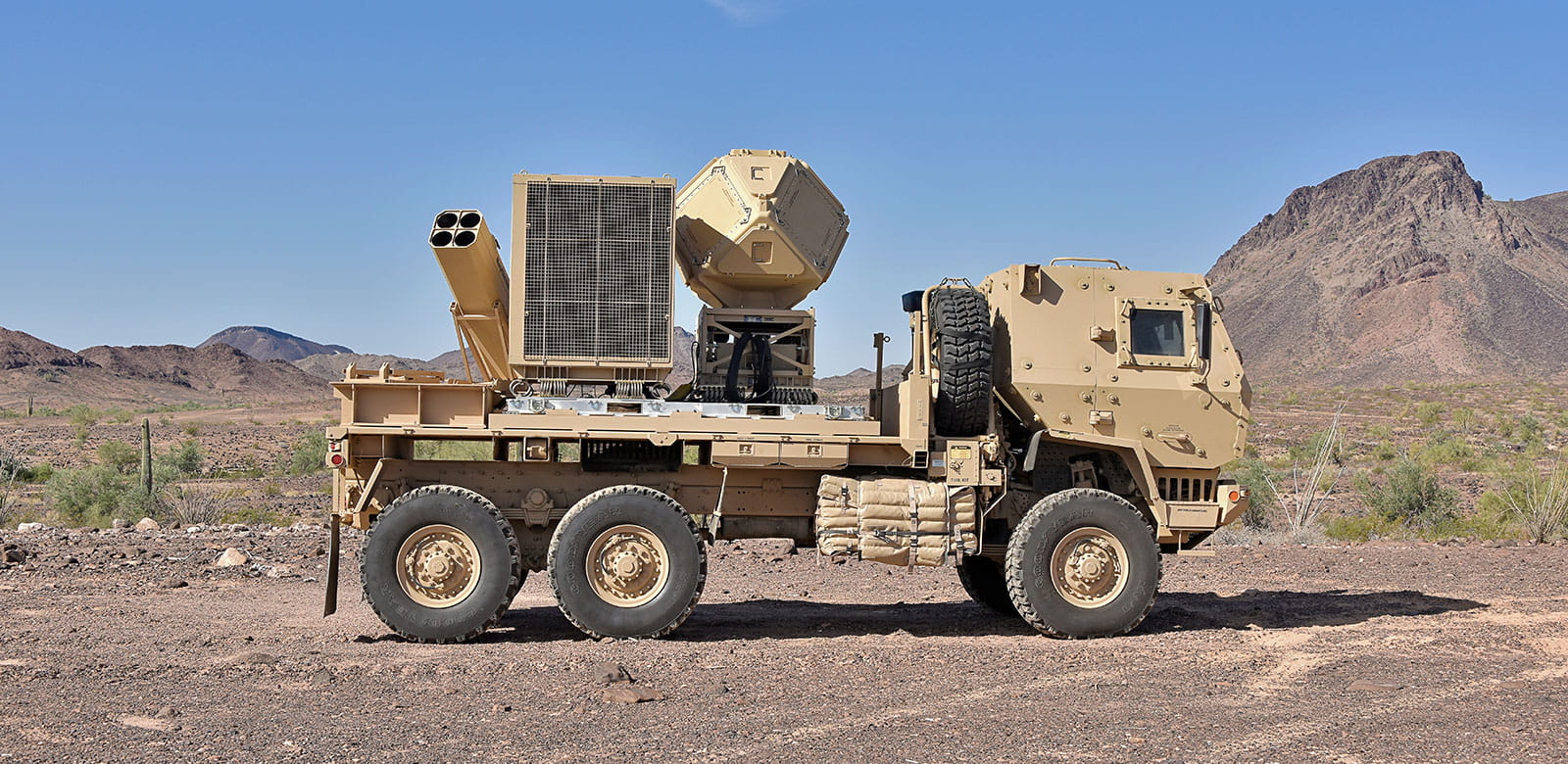


Eyeing effective counter measures against drones, U.S. Army has awarded Raytheon Technologies a $237 million contract for Ku-band Radio Frequency Sensors (KuRFS) and Coyote® effectors to detect and defeat unmanned aircraft.
The contract includes a combination of fixed-site and mobile systems as well as a quantity of effectors, designated to support the Army's U.S Central Command operations.
The Ku-band Radio Frequency System, KuRFS, is an advanced, adaptable, multi-mission radar made by Raytheon Missiles & Defense. Developed in partnership with the Army, the radar was originally built to help defeat rocket, artillery and mortar attacks in the Afghanistan and Iraq wars.
KuRFS uses active electronically scanned array, or AESA, technology that enables exact steering of its beam toward a threat. Its operation on the Ku-band of the electromagnetic spectrum enables its precise sensing and fire control.
As part of the U.S. Army's Low, slow, small-unmanned aircraft Integrated Defeat System, called LIDS, KuRFS provides advanced 360-degree threat detection, while Coyote low-cost effectors defeat drones.
"The KuRFS radar and Coyote effectors effectively detect and defeat unmanned aircraft systems, an increasingly evident and global threat," said Tom Laliberty president of Land Warfare & Air Defense at Raytheon Missiles & Defense. "LIDS is operationally deployed, providing a proven, reliable, and essential layer of defense against enemy drones."
KuRFS precision targeting radar and the scaled Ku720 mobile sensing radar deliver persistent detection, identification and tracking of airborne threats. The Coyote Block 2 defeats single drones and swarms varying in size and maneuverability, and at higher altitudes and longer ranges than similar class systems.
The U.S. Army's LIDS integrates KuRFS and the Coyote family of effectors with Northrop Grumman's Forward Area Air Defense Command and Control system, or FAADC2, and Syracuse Research Corporation's electronic warfare system.
Together, these systems create a multi-mission fixed, relocatable, or mobile deployed system that provides a complete extended-range defense solution.
For counter-UAS engagements, KuRFS gives the Coyote effector superior sensing capability against a broad set of UAS threats over a long range, detecting even the smallest class of drones out beyond 15 kilometers.
